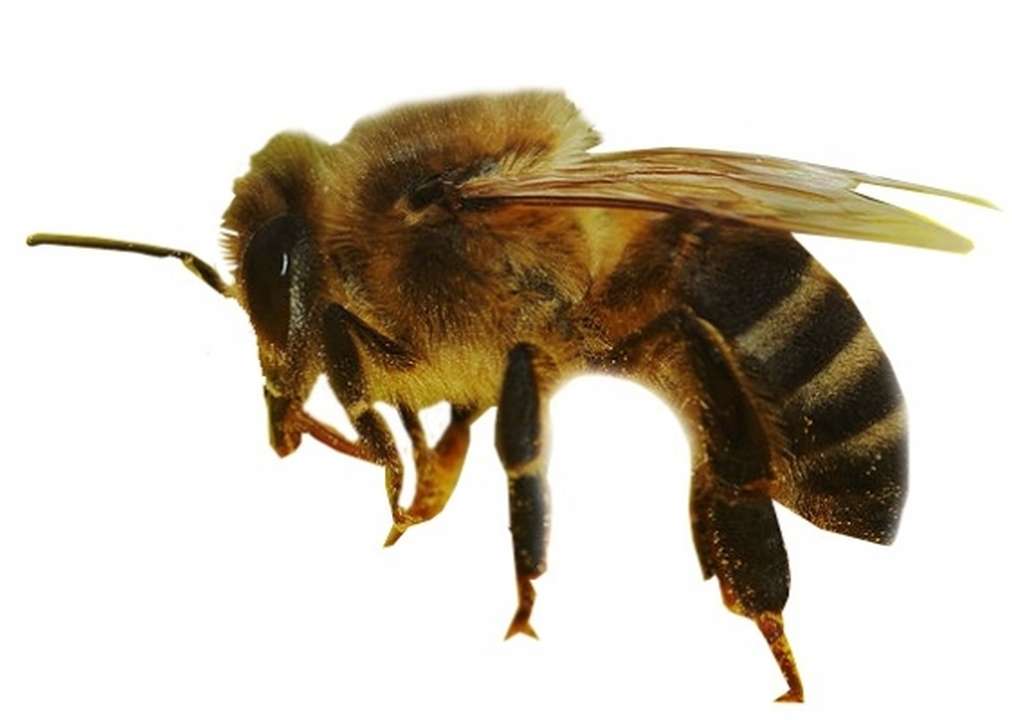General Information
The species are Trigona and Melipona. The comb of Melipona spp. is dark material which is known as Cerumen. Cerumen is the mixture of earth or resin and wax. They are the good pollinators for various crops. They have aggressive nature and can bite their enemies. It gives an average yield of 300-400gm/comb/year of honey.








